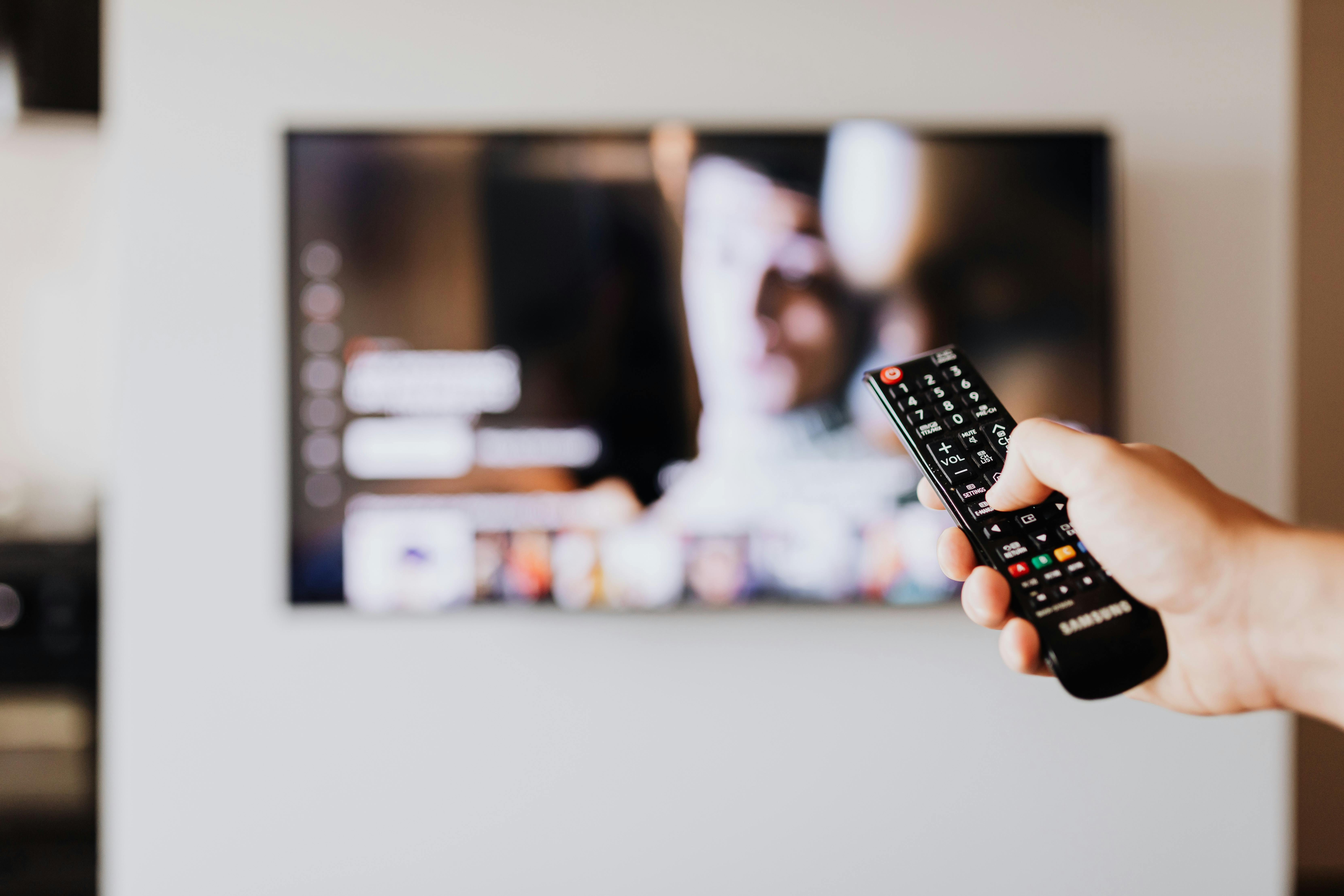Debunking Myths: Navigating the Complexities of Streaming Viewership in the Ad Industry

In today’s ever-evolving media landscape, some prevailing beliefs about consumption habits have led to a myriad of misconceptions within the ad industry, including the idea that consumers are maxed out on streaming. However, an exploration of five common myths about streaming viewership reveals a starkly different reality -- one that offers valuable insights for advertisers looking to effectively engage with viewers amidst the changing dynamics of traditional and streaming platforms as we close out the year.
1. Myth: Streaming has completely overtaken traditional TV.
Reality: Traditional TV remains prominent in present day viewership trends. According to a recent report, households with traditional TV still spend on average over 6 hours per day viewing traditional TV. Data also uncovers that the majority of campaign reach share is derived from TV - with nearly three quarters of audiences viewing and being reached through traditional TV.
2. Myth: The ecosystem is flooded with too many streaming services.
Reality: The industry may think consumers are canceling streaming services because they’re overwhelmed, but consumers are adding streaming services, largely due to content and convenience. Nearly 70% of viewers have added a new streaming service in the past 12 months, and viewers who were willing to watch ads in exchange for free content are 33% more likely to do so. So, taken together, streaming viewers don’t feel like they have too many streaming services; instead, they think these services are too expensive.
Cost is the leading cause of streaming cancellations. In fact, nearly half of consumers have canceled at least one service in the past year due to cost. On the flip side, 84% of consumers are okay with ads in exchange for free content, illustrating how ad-supported content might be the answer for streamers looking to make a cost-effective change.
3. Myth: FAST viewers only watch because it’s free.
Reality: Many think viewers only choose to watch FAST content because it’s free, but content, live TV, and lean-back experiences have proven to be driving forces in bringing streamers to FAST. FAST viewers are tuning in due to the available content and similarly to live TV, providing a familiarity not otherwise found across streaming platforms. In a recent study, 29% of viewers said they enjoy watching FAST because it offers an entertaining experience mirroring traditional cable, and more than half cite unique content as a primary reason for watching FAST.
4. Myth: Consumers are actively turning to FAST channels because they are excited about this new viewing option.
Reality: Well, sort of; the media landscape is in a state of constant change in today’s digital age, and consumers' understanding of FAST is still evolving with it. With an emphasis on increased awareness, FAST has a unique opportunity to bring in more viewers because the truth is, viewers aren’t actively turning to FAST because they’re excited about this new viewing option - they simply don’t even know this technology exists.
In fact, nearly 70% of streaming viewers who had not watched FAST content in the past 12 months did not know FAST was an option at all. Given that FAST technology is now seamlessly integrated into TVs and the viewership experience, viewers don't even realize they’re watching it when they turn on their TV. So as stated above, with the majority (84%) of consumers being open to ads in exchange for free content, FAST has an incredible opportunity to capitalize on this untouched market, growing its viewership with increased awareness tactics.
5. Myth: Binge watching is a thing of the past.
Reality: Some people think binge-watching was a guilty pleasure reserved for the days of lockdown, but in reality, it still persists. Believe it or not, binge-watching is still preferred over weekly releases among streaming viewers. Most viewers (74%) binge-watch the same amount or even more frequently than they used to - with the majority attributing these tendencies on the “addictiveness” of the content itself. AVOD viewers are also an additional 27% more likely to binge-watch content, while paid TV and FAST viewers are more likely to tune in for content that is released on a weekly schedule.
Streaming Viewership Myths Leading to Untapped Opportunities
By debunking these myths surrounding streaming viewership, the truth reveals that FAST and streaming hold greater value than many may assume. Research agrees -- 58% of households reached by streaming are incremental to those reached by TV. However, traditional TV remains a key cornerstone of media plans -- 73% of multiscreen advertising campaign reach comes from traditional TV.
The final verdict? A holistic multiscreen approach that blends traditional TV with streaming to not only maximize reach but also foster deeper engagement. For instance, it is recommended that advertisers should devote 20-30% of their advertising budget to streaming with the rest to traditional TV.
In an era of fragmented content and shifting viewer habits, it is important for advertisers to leverage these insights to effectively reach and engage valuable audiences - across screens and platforms - from streaming to traditional TV and beyond.
Sources:
• Third-Party Research Study with Cint (Q4 2023). N=1739.
• Effectv's The TV Viewership Report launched April 2024.
This article was written by Kelly Perone, Senior Vice President of Technology and Product Strategy at Effectv, the advertising sales division of Comcast, where she leads the product management team responsible for Effectv’s innovative products and solutions that deliver audiences to advertisers across all screens and devices. She lives in New Jersey with her family.
Posted at MediaVillage through the Thought Leadership self-publishing platform.
Click the social buttons to share this story with colleagues and friends.
The opinions expressed here are the author's views and do not necessarily represent the views of MediaVillage.org/MyersBizNet.

